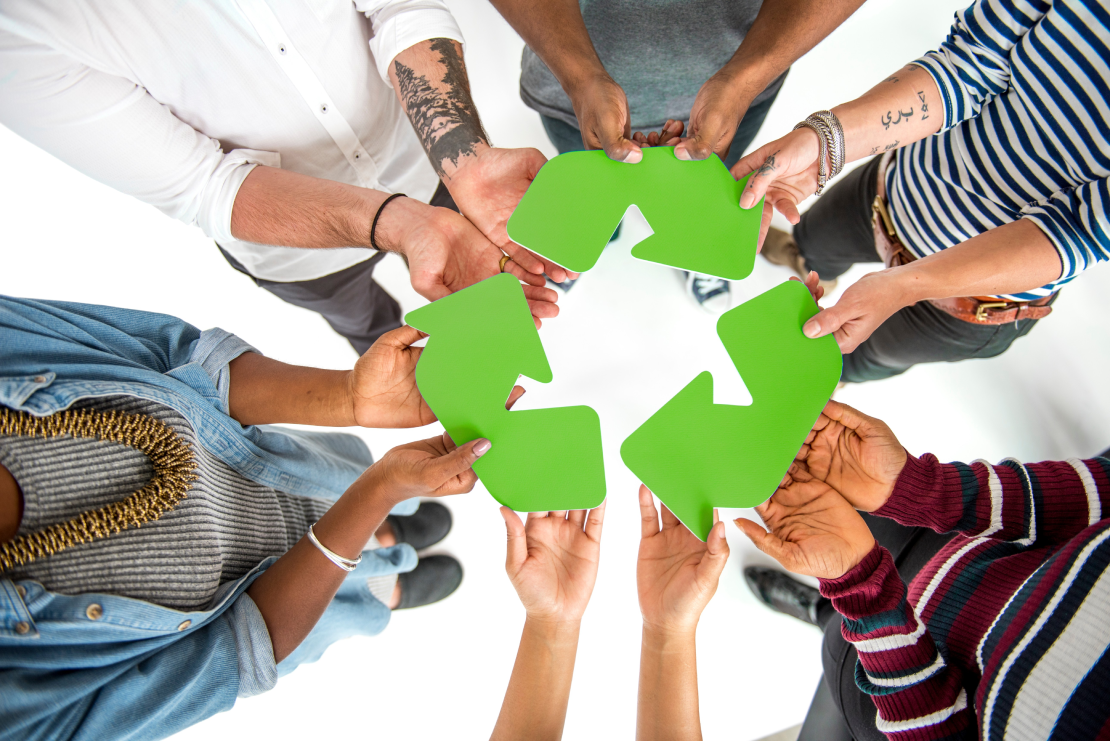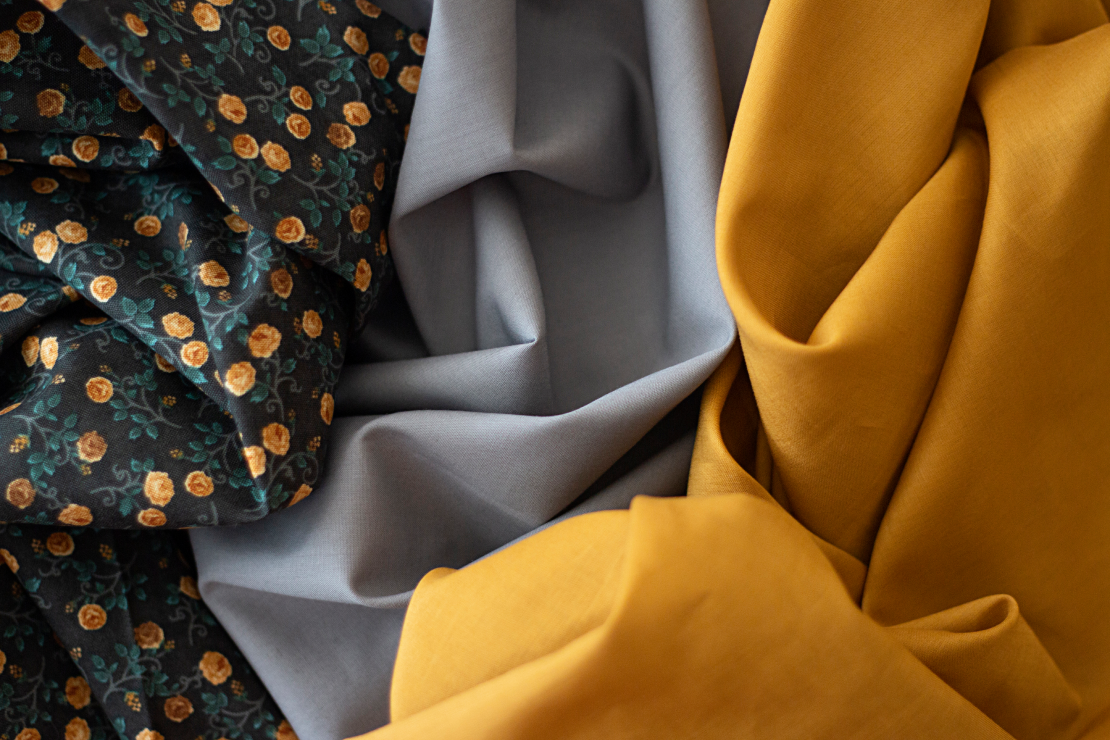
How is Sustainable Fashion Changing the Industry, Environment, and World for the Better?
Sustainable fashion is a buzzword that’s thrown around quite a lot, especially by fast fashion giants. As simple as it sounds, it encompasses much more than just sustainable clothing.
For decades, the fashion industry has been a leading contributor to pollution of all kinds, immense amounts of waste generation, and using tons of natural resources like water which are scarce as it is. This is a culmination of the waste-intensive processes used to manufacture the clothes, faster turnovers, short wearing times, waste and pollution during transportation of such materials, and the negligible recycling stats. Just for a perspective, take a look at these numbers and this video:
- The fashion industry is responsible for almost 8% of greenhouse gas emissions and 20% of water waste across the world.
- 35% of the microplastic pollution (which is devastating for oceanic creatures) in the oceans is attributed to this industry.
- And despite all the hue and cry about recycling clothes, only 1% of the material used to produce these clothes ends up being recycled.
With these facts staring at us, it is hardly a surprise that the industry as a whole has faced severe backlash, not only from environmentalists but also from eco-conscious consumers and supply chain specialists. The change has now begun not only from the consumers’ end but also from companies.
How is the change moving in the industry?
- Better materials: Materials like Tencel that use way less water than traditional materials while giving superior performance are being used heavily. Brands are moving towards designing sustainable clothing that is not trendy but will last longer and hence, generate less waste. They are also using circular economy concepts to loop in clothes and materials to use for the next production phase.
- Better packaging: One of the biggest generators of waste is the packaging and so now you will find quite a few brands using biodegradable packaging along with educating the consumer on its properties.
- Institutional support: Governmental support has been instrumental in helping sustainable fashion firms set up. Financing options and subsidies are immensely helpful here and with increasing awareness, even firms are using digital activation methods to get consumers who are eco-conscious and willing to spend a little extra for quality, waste-free materials.
- Company initiatives and activations: It has become common, even expected, to see a donation box in stores that offer a discount code in exchange for such donations. More detailed disclosures in terms of materials and processes being used are presented for the consumers to read, interpret, and question.
The current growth rate of the sustainable fashion industry is about 9% till 2030. This change is primarily consumer-driven, but climate change activists have forced even the bigger organizations and brands to rethink their products, supply chain activities, marketing, and recycling processes. Supply chain processes are witnessing a complete overhaul, especially post-COVID, to make them leaner (hence, reduce waste), more responsive, and better for the environment. However, awareness about the simple choices we make for sustainable clothing (like not using polyester clothes) is more important than anything else. Sustainable fashion goes beyond just biodegradable clothes- it boils down to what you buy, how long you wear it and the initiative to educate yourself.
Reference for facts and numbers: https://woollygreen.com/fashion-industry-waste-statistics/






